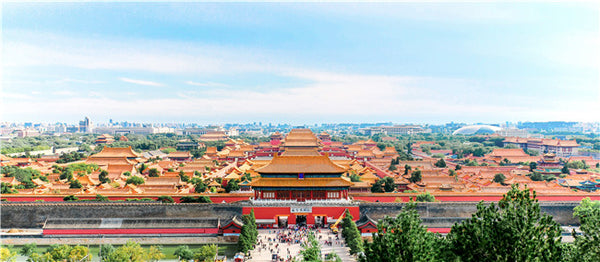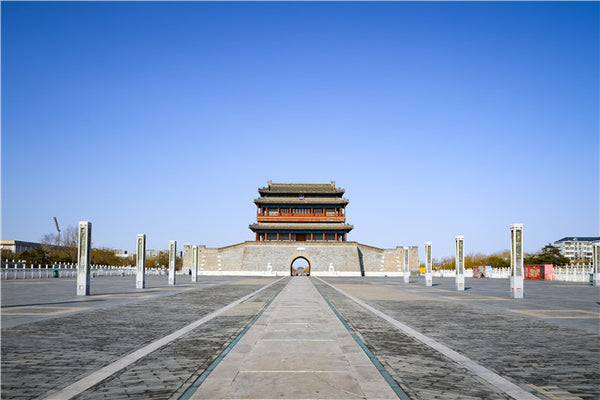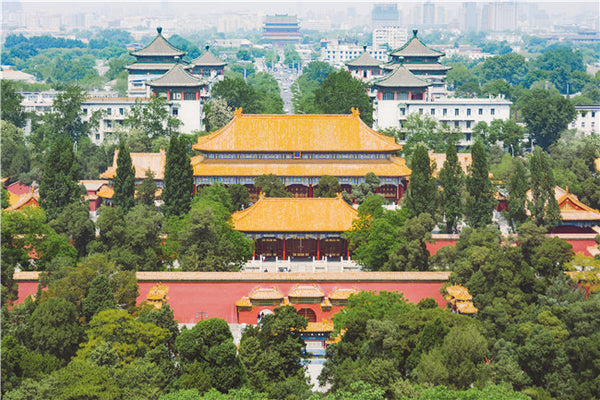The Central Axis of Beijing | Move Time

The old city of Beijing was first built in the Yuan Dynasty (mid-13th Century, formerly known as "Dadu"), and further developed and perfected in the Ming and Qing Dynasties (early 14th Century to early 20th Century). With eight hundred years’ history of urban development, it is now the largest imperial capital city still existing in China and a classic model of ancient Chinese urban planning. As an outstanding example of feudal China’s capital, the old city of Beijing enjoys a prominent position in the world history of urban planning and development.

The Central Axis of Beijing, stretching 7.8 km from Yongding Gate in the south to the Bell Tower in the north, is the core area of the old city of Beijing.It is also the longest urban central axis still existing in the world.
Most of the essential buildings in the old city of Beijing are along the Central Axis, which witnessed the evolution and changes of this city. It tells the story of emperors, from Yuan Dynasty (1279-1368) to Qing Dynasty (1644-1911). Liang Sicheng, a Chinese architect, writes that "Beijing's splendidness and orderliness come from this central axis. It extends to both the north and south, imposing a sense of magnificence on the whole city".

The Central Axis is not an actual road, but a harmonious cluster of distinct buildings and sites. The best-known attractions along the axis include the Palace Museum, the Temple of Heaven, and the Drum and Bell Tower to name a few. It is more than fair to say the Central Axis is the epitome of quintessential old Beijing.
The central axis is the backbone of a city. With its preference for precision, symmetry, and orderliness, the Central Axis of Beijing epitomizes the "value of the center" in Chinese culture and highlights the Chinese belief about the harmony between nature and human. It stands as a typical example of traditional Chinese philosophy applied to urban planning and embodies the Chinese way of socialization.
The Central Axis' beauty lies in its balance and harmony. In the past 800 years, the city of Beijing has gone through lots of changes, yet the Central Axis has been kept in good repair.
Today, the Central Axis of Beijing is still in full vigor and of historical significance. the Beijing Central Axis as a world heritage site would better protect the old area of Beijing, tell China’s story to the world. In the new urban planning blueprint of Beijing, this spectacular urban landscape will extend further to both the north and south. In the future, it will become a new axis that witnesses the conservation of the old city and the development of Beijing.

